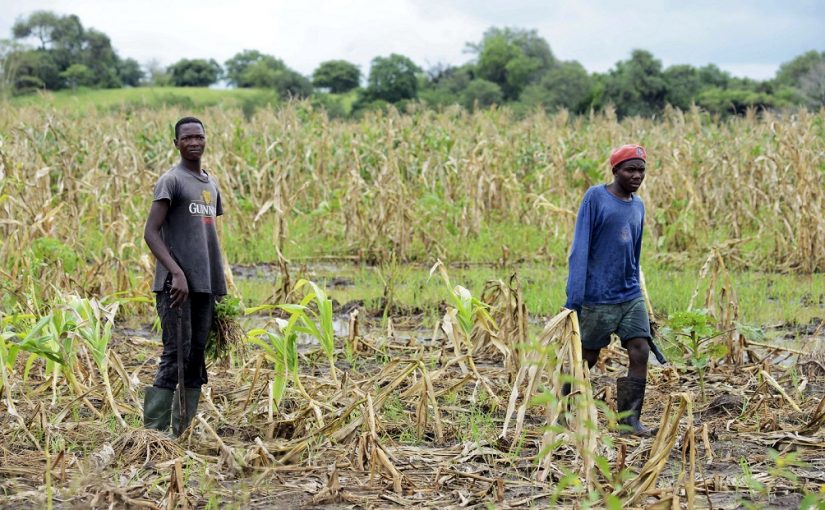Mozambique: HCB Technical-Scientific Conference underway in Songo, Tete province
Mozambique: Court orders Vale to compensate peasants after cutting right of way

File photo: Lusa
The Mozambican justice department has condemned mining giant Vale to pay the equivalent of €158,000 to peasants prevented from reaching their fields by a fence the company built around its mine in central Mozambique.
According to a ruling by the Tete Provincial Court, dated Tuesday and which Lusa saw today, the Judicial Court of Tete province ruled in favour of 48 peasants from Moatize district who demanded in court the payment of compensation of 300,000 meticais (€3,295 ) each, totalling 14.4 million meticais (about €158,000).
“There is damage to the extent that the fence caused, among other impacts, the blockade of a side road,” which was used “by peasants to reach Chidwé and other regions south of the concession area,” the sentence said.
Vale’s decision led to the farmers abandoning their fields, since the distance to be covered was “humanly unbearable,” according to the sentence.
The court noted that Vale’s stance called into question the peasants’ food and nutritional security, violating the Mining Law in the chapter on the protection of the rights of communities living in mining areas.
The decision recognised that the mining company enjoyed the right to use and benefit from the land, but it had to keep a right of way for the peasants.
“The Mozambican state gives primacy to pre-existing rights of use and exploitation of land, only revoking them through just compensation for the applicants for mining exploitation”, the sentence stressed.
The sentence refused the peasants’ demand to be compensated for alleged damage to improvements and the loss of animals, because “the type, number and quality” was not demonstrated.
The mining company Vale is one of the largest operating in Mozambique, and coal is one of the country’s main export products.
The Brazilian multinational has announced that it is looking for people to buy its coal operation in Mozambique, as part of the global process of abandoning fuels to be carbon neutral by 2050 and reduce some of its main sources of such pollution by 2030.












Leave a Reply
Be the First to Comment!
You must be logged in to post a comment.
You must be logged in to post a comment.